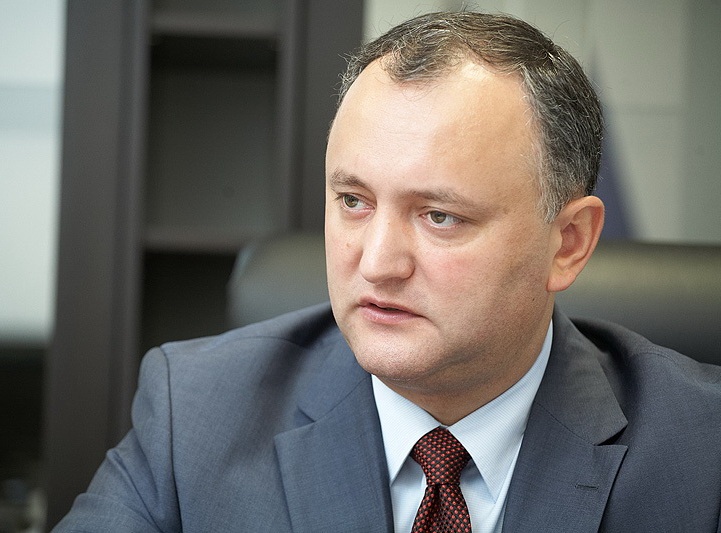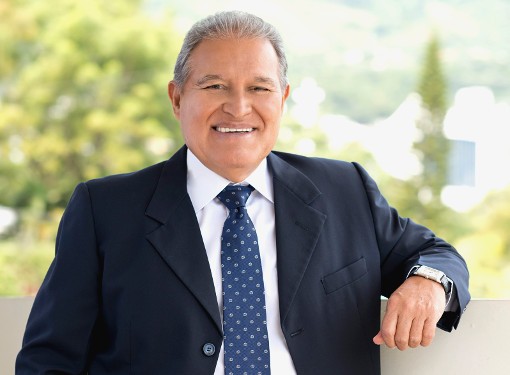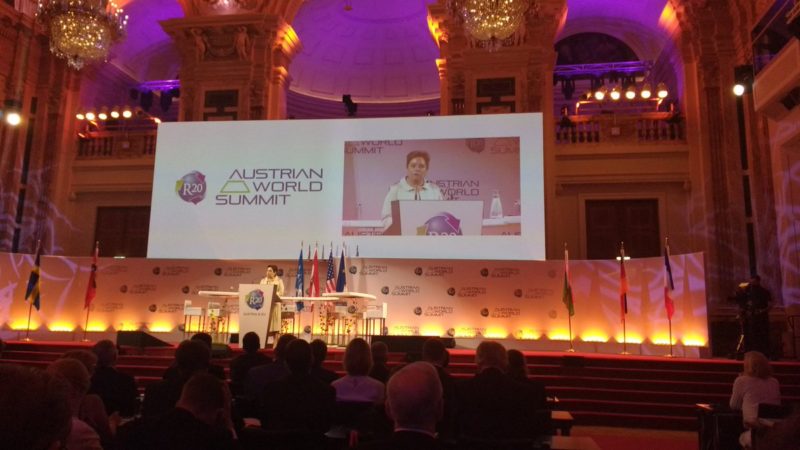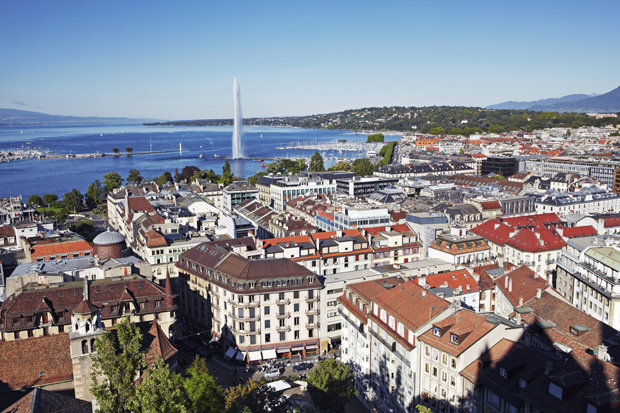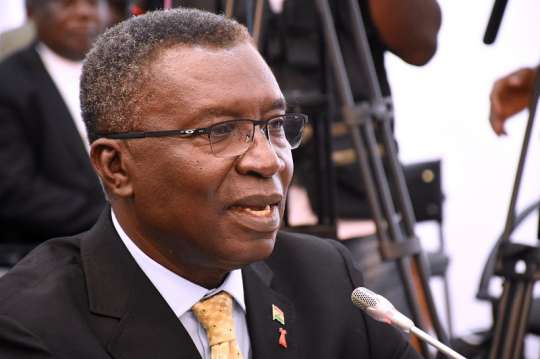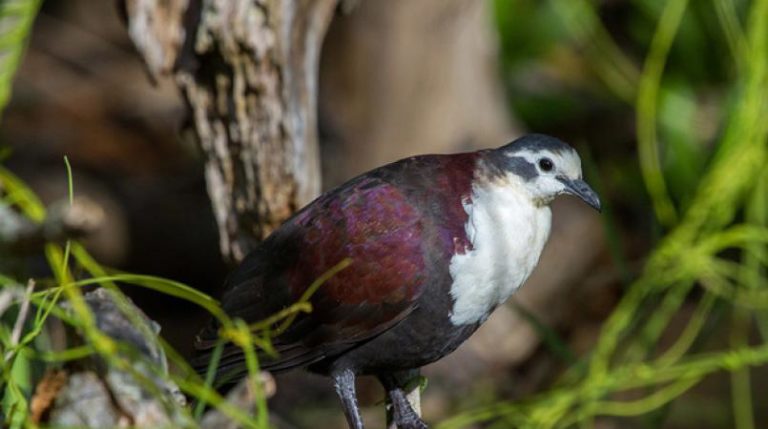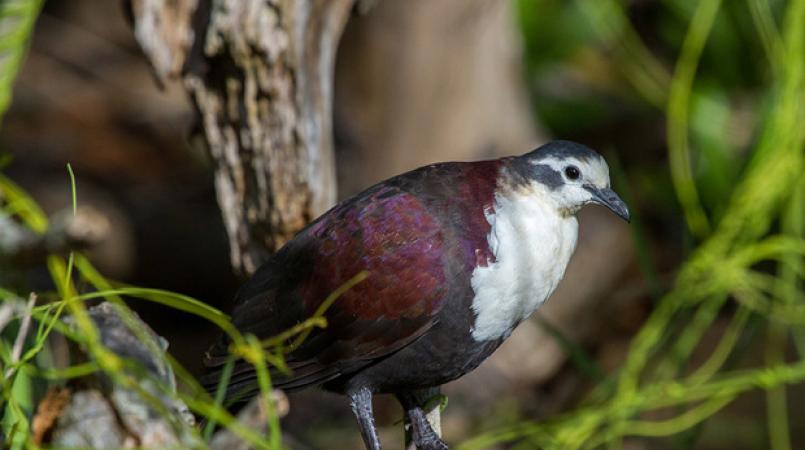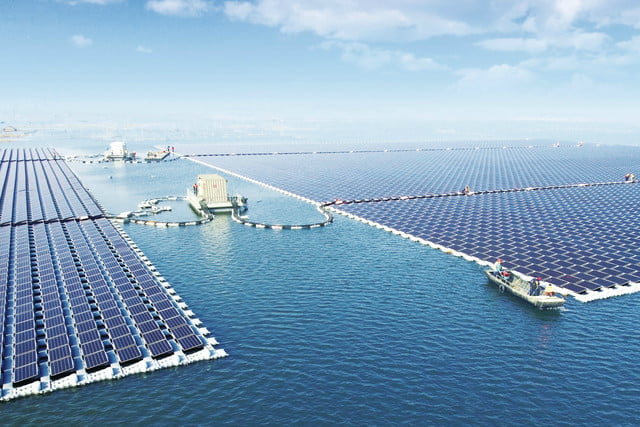Parts of Europe, the Middle East, North Africa and the United States of America have seen extremely high May and June temperatures, with a number of records broken. The heatwaves are unusually early and are occurring as the Earth experiences another exceptionally warm year.
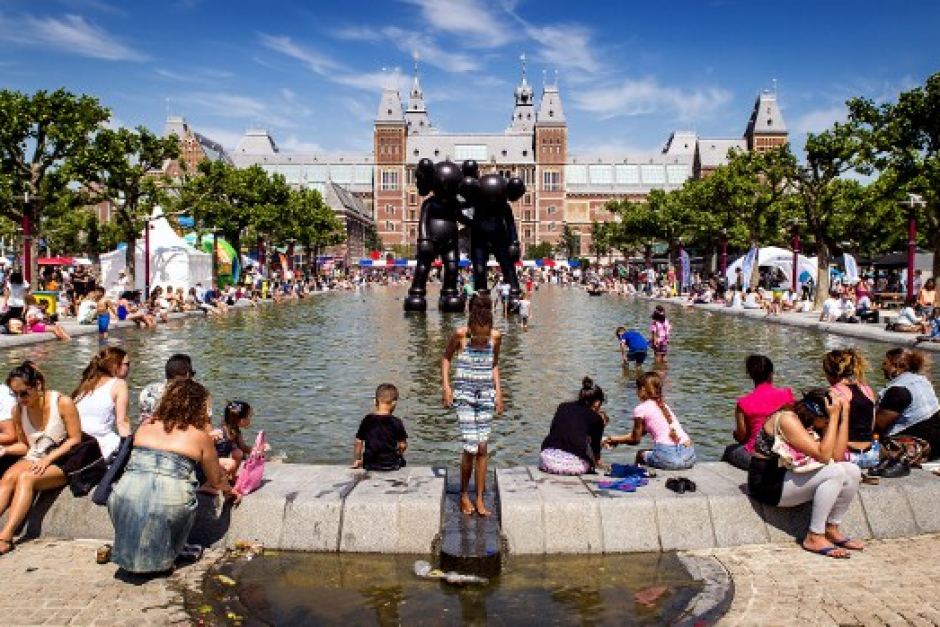
Average global surface temperatures over land and sea were the second highest on record for the first five months of 2017, according to analyses by NOAA, NASA-Goddard Institute for Space Studies and the European Centre for Medium Range Weather Forecasting Copernicus Climate Change Service.
Only 2016 saw higher global temperatures due to a combination of a very powerful El Niño event, which has a warming impact, and long-term climate change caused by greenhouse gas emissions. So far in 2017 there has been no El Niño event.
Climate change scenarios predict that heatwaves will become more intense, more frequent and longer. It is also expected that the number of hot days will continue to rise.
Europe
The Deutscher Wetterdienst (DWD), which acts as WMO’s Regional Climate Centre for Europe’s Node on Climate Monitoring, has issued a Climate Watch Advisory valid until at least Sunday, June 25, 2017. It states that a period with significantly above-normal temperatures and heat waves is expected for most parts of western Mediterranean (from Portugal to western Balkans).
National meteorological and hydrological services are issuing regular forecasts, heat-health advice, as well as information on air quality, UV levels and wildfire risk.
The heatwave originated as a result of very hot air moving up from the Sahara to the Iberian Peninsula and parts of the Mediterranean.
Iberian Peninsula
Extremely high temperatures of around 40°C contributed to the severity of the disastrous wildfire in Portugal which has claimed dozens of lives.
An amber alert for heat – the second highest warning level – continued to be in place in the area on Tuesday, June 20.
The Portuguese national meteorological service, IPMA, said that over the weekend, when the fire broke out, more than one third of its weather stations measured temperatures over 40°C. The meteorological service said that for 20 June, 5 municipalities are at maximum fire risk and 58 at very high risk.
Spain
Spring 2017 (from March 1 to May 31, 2017) has been extremely warm, with an average temperature of 15.4 ° C, which is 1.7 ° C above the average of this term (reference period 1981-2010). It has been the warmest spring since 1965, having exceeded by 0.06 ° C the previous highest value, which corresponded to the spring of 2011. It has therefore been also the warmest spring since the beginning of the 21st century.
The marked contrast observed between the maximum temperature anomalies, which were on average 2.5 º C above the normal value of the term, and those of the minimum temperatures, which were only 0.9 ºC higher than the normal ones.
May was extremely warm, with a temperature that surpassed the normal value by 2.4 ° C. As of June, the average temperature is well above normal values.
A number of places broke temperature records for June for both maximum daytime temperatures and minimum overnight ones.
These include Granada airport, 41.5°C, Madrid Retiro 40.3°C and Madrid airport 40.1°C on 17 June. The peak if the minimum temperatures was on the 19th June, when Salamanca and Zamora had record overnight temperatures of 22.1°C and 23.7°C.
AEMET also reported extreme fire hazard for parts of the country on 20 June.
France
Fifty-one departments in France have an amber alert for high temperatures on June 20, according to Meteo France. Temperatures for Monday included 38°C for Bordeaux, 36°C forLimoges, 34°C for Mulhouse and 33°C for Paris, Toulouse, Brest and Lille, according to Meteo France.
A number of stations broke June records, including Cuers at 37.6°C and Toulon 35.3°C. Records for minimum night-time temperatures were also beaten (25.1°C in Montpellier, 25°C in Marseille) on Friday, June 16.
Meteo France said that very high temperatures will continue until Friday, June 23, with temperatures between 32 °C and 38 °C in the afternoon, or more than 10°C above the average for this time of year.
Other parts of Europe
Many other parts of Europe, including the United Kingdom, also witnessed above average temperatures into the low to mid 30°s.
USA
Near record to record heat has been reported in the desert southwest USA and into California, with highs near 120°F (49°C) in places. More than 29 million Californians were under an excessive heat warning or advisory at the weekend. The US National Weather Service has warned that dangerous heat will continue through at least Friday, June 23 in Nevada, Arizona, parts of California and Las Vegas.
Phoenix recorded 118°C (47.8°C) on June 19. In the 11,059 days since the start of record keeping, 118°C heat has only been recorded 15 times. A number of flights to Phoenix Sky Harbour International Airport were reportedly cancelled because it was too hot to fly.
Death Valley National Park, California, issued warnings to visitors to expect high temperatures of 100°F to over 120°F (38°C to over 49°C). Death Valley holds the world record for the highest temperature, 56.7°C recorded in 1913.
North Africa, Middle East and Asia
The temperature in United Arab Emirates topped 50°C on May 17, with 50.5°C in Mezaira.
In the centre of Iran’s Kuzestan province in the south-east of the country, neighboring Iraq, temperatures reached 50°C on June 15.
The heatwave in Morocco peaked on May 17, when there was a new reported record of 42.9°C Larach Station in northern Morocco.
The high June temperatures follow above average temperatures in parts of the world at the end of May. The town of Turbat in southwestern Pakistan reported a temperature of 54°C. WMO will set up an international committee of experts to verify the temperature and assess whether it equals a reported 54°C temperature recorded in Kuwait last July.


